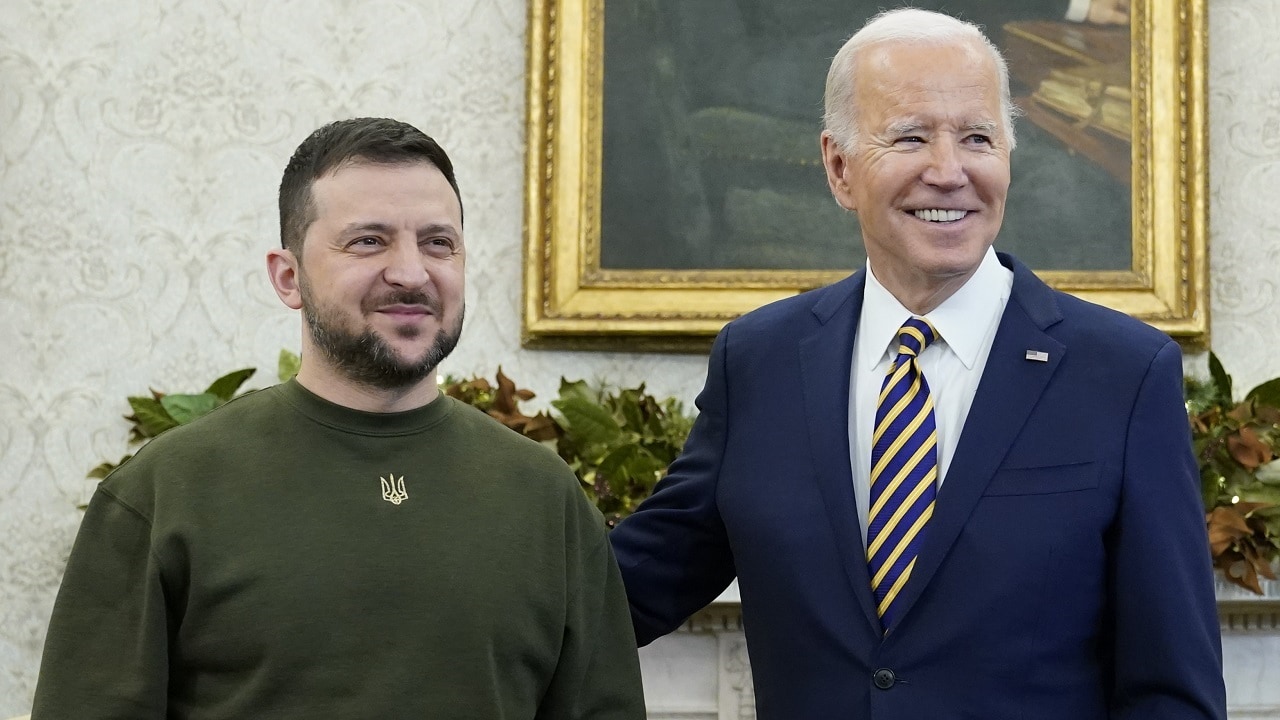Peter Harris

Is There a Security Umbrella for Ukraine? – Vladimir Putin’s unprovoked war against Ukraine is the largest interstate conflict on European soil since 1945. It has been a terrible war, with enormous loss of life. Credible accounts of war crimes abound. Urban centers such as Mariupol, Lyman, and Bakhmut are now in ruins. The amount of human misery and suffering is incalculable.
Yet despite the horrors unfolding in Ukraine, analysts mostly agree that the conflict has a low chance of escalating to become a general European war. To be sure, there is a great deal of fear about Russian expansionism in Poland and the Baltic states. These anxieties must not be trivialized. But nor should they be taken as representative of how the rest of Europe feels about the war.
Ukraine Changes Everything…and Nothing
Simply put, there is little evidence that most Europeans view their own physical security as being affected by what is happening in Ukraine. How exactly have NATO and Russia managed to prevent the horizontal escalation of the war in Ukraine? What gives the West confidence that the war will not spill over into neighboring countries? And what lessons might be applied to keep Ukraine (and others) safe from Russian predation in the future?
Since the collapse of the Soviet Union in 1991, the United States and its European partners have tried three primary ways of maintaining peaceful relations with the Russian giant: political integration, economic cooperation, and extended deterrence in the form of US security guarantees to NATO members. Of these, only the last has stood the tests of time, divergent security interests, and war.
The political and economic love-bombing of Russia was supposed to build a constructive east-west relationship. The wager was that Russia could be turned into a friend and trusted partner—a fully Westernized country with which NATO members could have no major quarrel.
Toward this end, the West invited Russia to join Western-led organizations during the 1990s and 2000s, such as the Council of Europe, G8, World Trade Organization, NATO’s Partnership for Peace program, and the NATO-Russia Permanent Joint Council. At the same time, Europeans made themselves highly reliant upon Russian oil and gas, and rolled out the red carpet for Russian oligarchs.
As we now know, however, the wager did not pay off. Russia has not democratized. Its leaders have not become converts to the “liberal” world order. The levers of power in Moscow are still being pulled by people whom Russia’s neighbors have reason to fear.
Sponsored Content
Extended deterrence, on the other hand, was never meant to foster friendly relations with Russia. It was only ever intended to stave off a general war in Europe. In this sense, the US security umbrella is forbidding, frigid, and dissatisfying; it is a distressing artefact of the Cold War, which most Europeans surely wish could be consigned to history.
But at least extended deterrence has the distinct advantage of having actually worked. Russia still fears that, if it attacks a NATO member, it might be drawn into an unwinnable war with the United States and its powerful Western European allies. The West, for its part, refrains from attacking Russia directly because it fears the consequences of war with a nuclear-armed great power.
There is nothing automatic about this deterrence regime. It will always be a challenge for the United States to credibly threaten to fight Russia in defense of, say, Estonia. War between Russia and NATO could still happen as the result of recklessness, miscalculation, or desperation. But all things being equal, it seems obvious that the mutual threat of nuclear annihilation has helped to keep Russia and NATO at peace even during a period of war on the European continent—no trivial thing.
What does all this mean for the future of security and stability on the European continent? First, Europe must come to terms with the fact that there is no hope of a warm peace between Russia and the West, at least not while Vladimir Putin remains alive and in charge. For the foreseeable future, political cooperation with Europe’s worst war criminal will be superficial at best.
Nor is there going to be any appetite for restoring economic interdependence as a pillar of relations with Russia. On the contrary, Western firms and governments will be slow to resume commercial ties. For better or worse, then, the ossification of Europe into two political and economic camps should probably be regarded as inevitable. Bare peace is about as good as things will get for the foreseeable future.
But if extended deterrence and nuclear weapons are going to be the greatest—and most terrifying—guarantees of peace on the European continent, where does this leave countries such as Ukraine, Moldova, and Georgia that have no formal allies to call upon and no nuclear umbrella to cower under? Who—if anyone—will provide for their defense?
For its part, Ukraine wants NATO membership. Kyiv has made no secret of this fact. So far, however, the alliance has refused to open its arms. Others have suggested that Ukraine must develop a unilateral capacity to deter future Russian aggression, whether by acquiring nuclear weapons or adopting a sort of impregnable “fortified neutrality” posture. But this is easier said than done. Ukraine cannot simply choose to become strong enough to deter its powerful neighbor to the east.
The Future of Europe
In the final analysis, Europe faces a grim future. The division of the continent into two nuclear-armed armed camps—Russia and Belarus on one side, NATO on the other—is a recipe for cold, unforgiving, and unadorned peace on the continent. But even this hibernal version of security looks set to exclude Ukraine, a country that has suffered so much and yet still cannot gain access to the spartan security umbrellas that others have at least managed to clamber beneath.
NATO’s next cold war with Russia will be freezing indeed. But it will be even worse on the outside.
No comments:
Post a Comment